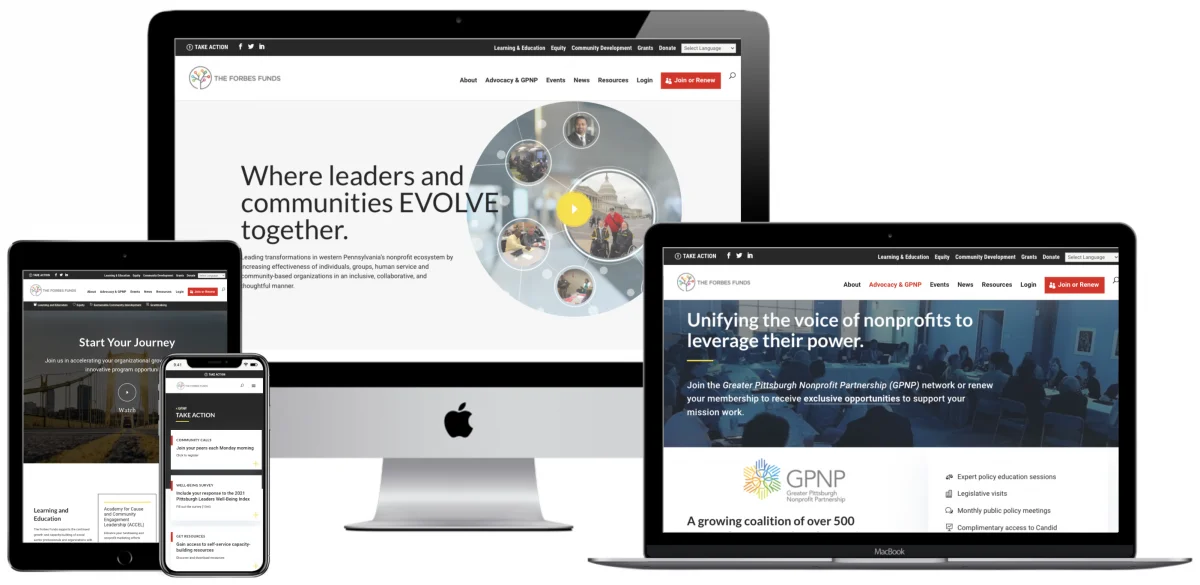In today’s fast-paced world of user experience (UX) design, artificial intelligence (AI) tools are becoming more and more common. These tools offer a wide range of benefits to UX professionals, from boosting productivity to refining the quality of work and expanding skill sets. Key Medium wrote that AI is one of the top emerging web design trends for personalized user experiences.
This being said, it’s important to understand that it cannot replace the expertise and creativity of UX designers. Instead, AI should be seen as a complementary tool that enhances the capabilities of designers, helping them streamline processes and generate insights more efficiently. How might design professionals make the most of AI while understanding its strengths and limitations?
How can I benefit from AI?
- Maximizing productivity with AI in UX design: One of the biggest advantages of incorporating AI into UX work is the significant boost in productivity. AI tools help us to accomplish tasks more efficiently, completing more work in less time. We wrote about how AI unlocks human potential and what it can do for your business.For instance, at Key Medium, we utilized AI-powered tools to expedite the preparation of a User Insights Report. By employing AI for thematic analysis and contextual inquiry support, we condensed a process that typically took a week into a single day, showcasing the remarkable time-saving capabilities of AI in UX projects.
- Improving quality through AI integration: AI makes our work more accurate and effective, resulting in better outcomes. Plus, it helps us deliver results that go above and beyond what users expect. For instance, during the Newark Health Campaign, AI-powered tools played a pivotal role in enhancing visual and interaction design. By leveraging AI in visual and interaction design processes, we were able to generate creative concepts that captivated the target audience, resulting in compelling content that resonated deeply.
Strategic utilization of AI
How we write prompts for AI determines the results that we get. Effectively leveraging AI requires strategic utilization and careful consideration. For best results, consider these tips when writing prompts:
- Provide the right context: Give AI tools all the necessary information to produce accurate results. This means providing them with detailed context about what you need. The more details you provide about what you need, the better it can deliver. This ensures that it’s on the right track from the get-go.
- Ask for multiple options: Request a variety of solutions from AI to explore different possibilities and inspire creativity. This means asking AI to generate multiple options or ideas for you to consider. By doing so, you’re not just sticking to one idea; you’re opening the door to new possibilities and sparking your creativity. It’s like having a brainstorming session with a bunch of brilliant ideas at your fingertips!
- Edit your results: Once you’ve got your results, take the time to review and refine them. Whether it’s tweaking a word here or adjusting a layout there, your edits ensure that the end result is spot-on. These adjustments enhance the quality and effectiveness of the work to reflect your specific needs accurately.
Exploring AI’s role in tasks
AI can be a valuable tool in many areas of UX work ranging from design to content creation. With the right approach, AI tools can open up new avenues of innovation and efficiency in everyday tasks.
- Design preparation: AI can be used to help generate creative ideas used for design such as user journeys, personas, and placeholder copy. It’s like having a brainstorming buddy that’s always full of fresh concepts, making our design process smoother and more inspired!
- Research assistance: While AI can not replace true research, it can help to craft interview questions, analyze user feedback, and refine research reports. With AI by our side, we can dive into data-driven insights faster, empowering us to make informed decisions with ease.
- Content ideation: AI can help with the creation of outlines and efficiently drafting text. It also can aid in refining UX writing and generating concepts. AI makes content ideation a delightful experience that sparks creativity and encourages effortless collaboration.
Understanding AI’s limitations in UX
While AI can be a significant tool, it’s important to understand its limitations. Here’s what AI cannot replace in UX work:
- Human judgment: Receiving design critiques or feedback from AI is not reliable because its insights can be incorrect. Human feedback offers invaluable insights infused with reasoning, empathy, and genuine thought, making it more reliable and meaningful in shaping user experiences.
- Research: While AI can provide insights and suggestions, it cannot replace the authenticity that human interaction brings to the design process. Whether it’s conducting user interviews, observing behavior, or interpreting subtle cues, human researchers bring a level of authenticity and empathy that AI simply cannot replicate.
The takeaways
Incorporating AI into UX workflows offers plenty of benefits: it boosts productivity, improves quality, and helps us grow our skills. By embracing AI tools strategically and understanding their capabilities, UX professionals can elevate their practices and deliver exceptional user experiences. Get in touch with Key Medium today to maximize the potential of AI in your projects with our humanity-centered design consulting services. This aligns seamlessly with our mission to transform websites into captivating experiences that not only amplify your brand but also ignite action.

Talia Coeshott is a graduate of CSU Long Beach with a B.A. in journalism and a background in UX design. A contributor to engaging articles for Long Beach’s publications DIG MAG and LBCC Viking News, Talia also gained valuable experience as a producer for the broadcast TV station Campus Connection. Pursuing a non-traditional path to UX design through Google’s UX Design Certificate program, Talia designed solo passion projects including Life Light, Home Made, and Artistry. Her dedication to problem-solving and creating positive user experiences continue to grow her passion for the world of design and storytelling. Talia finds joy in reading, staying active through regular workouts, and taking courses for personal growth.

